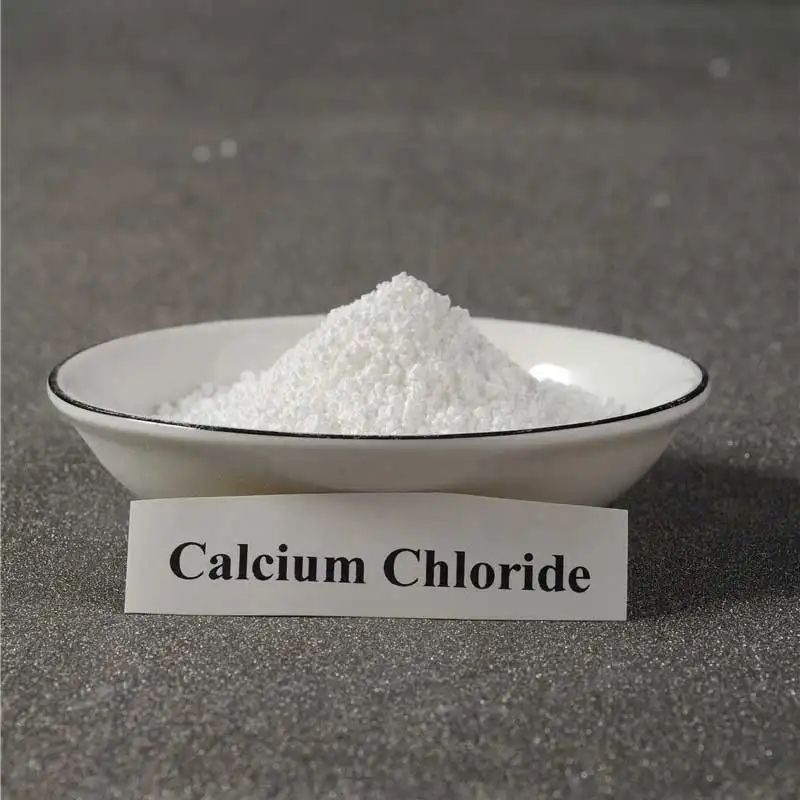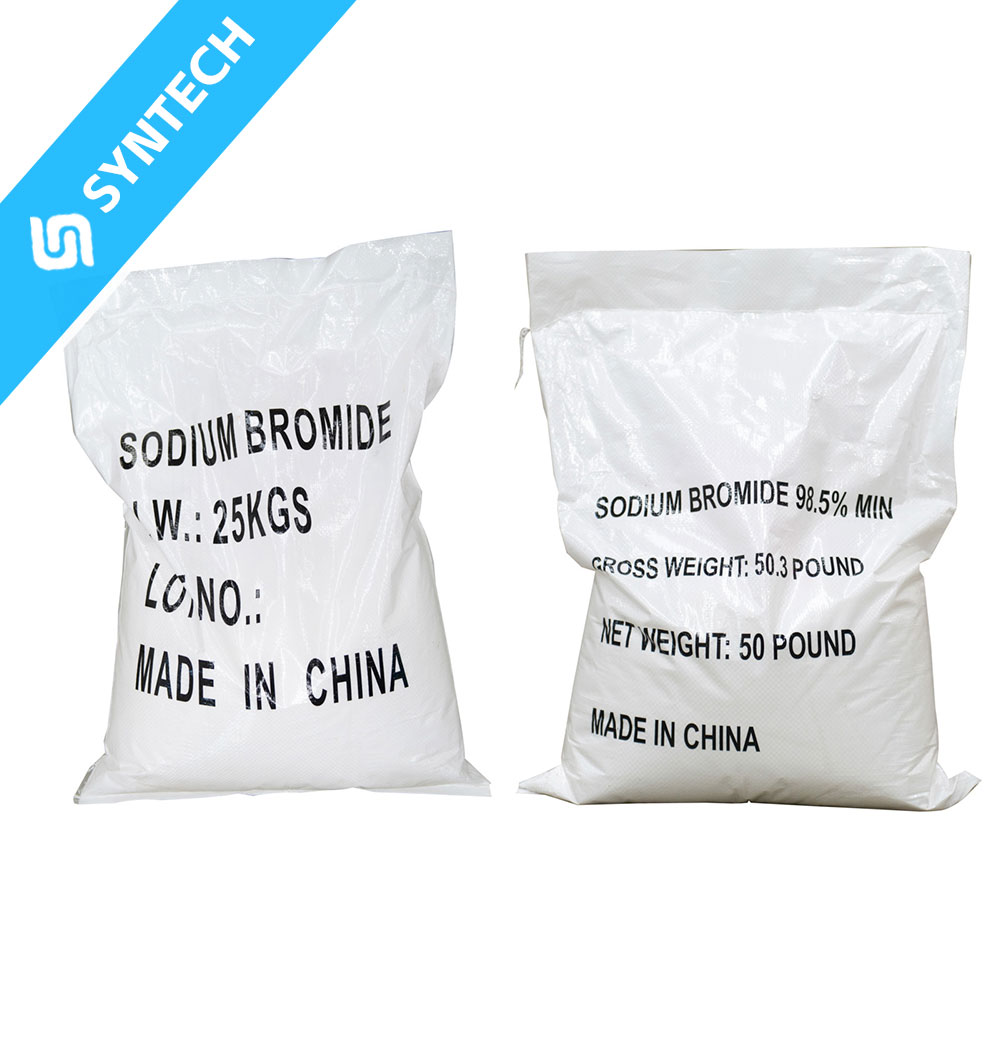The use of Sodium Methyl Allyl Sulfonate (SMAS) in oilfield operations, particularly in enhanced oil recovery (EOR) processes like chemical flooding, can unfortunately lead to severe emulsion problems and challenging oil-water separation. This is primarily due to its mechanism of action and interaction with other reservoir fluids.
Here’s a detailed breakdown of the reasons and potential solutions.
Reasons for Severe Emulsification and Difficult Oil-Water Separation
- Stabilization of Fine Oil Droplets: SMAS is a surfactant. Its primary function is to reduce the interfacial tension (IFT) between oil and water. This allows oil to be displaced more easily from the reservoir rock. However, this very low IFT facilitates the breaking of oil into extremely fine droplets (often in the sub-micron to micron range, around 0.08–1 μm). These tiny droplets have a large surface area and are highly stable due to the surfactant coating, which prevents them from coalescing (merging) into larger drops that can separate by gravity.
- Formation of Stable Interfacial Films: SMAS, especially when combined with other EOR chemicals like polymers (e.g., HPAM) or alkalis, can form rigid and elastic interfacial films around oil droplets. This film acts as a physical barrier, mechanically preventing droplets from colliding and coalescing. The presence of natural surfactants in the crude oil (asphaltenes, resins, naphthenic acids) can synergize with SMAS, further strengthening this film.
- Synergy with Natural Emulsifiers in Crude Oil: Crude oil contains natural emulsifiers like asphaltenes and resins. SMAS can interact with these components, enhancing their effectiveness in stabilizing water-in-oil (W/O) or oil-in-water (O/W) emulsions. The combination can lead to very tight and difficult-to-break emulsions.
- Changes in Phase Behavior and Micelle Formation: In some cases, especially with surfactant-polymer or alkali-surfactant-polymer (ASP) floods, the chemical mixture can form microemulsions or swollen micelles that solubilize oil. As these micelles flow back and experience changes in pressure, temperature, or dilution, they can break down and release a multitude of fine, stable oil droplets into the produced water stream.
- Increased Viscosity of the Aqueous Phase: If SMAS is used in conjunction with polymers (e.g., in SP floods), the polymer significantly increases the viscosity of the aqueous phase. This higher viscosity slows down the rise velocity of oil droplets (according to Stokes’ law), dramatically hampering gravitational separation.
- Generation of In-situ Soaps and Complex Precipitates: When SMAS is used with alkali (e.g., in ASP floods), the alkali reacts with natural organic acids in the crude oil to form in-situ soaps, which are strong surfactants. This creates a complex mixture of injected and in-situ surfactants. Furthermore, the alkali can react with divalent ions (Ca²⁺, Mg²⁺) present in formation water, forming precipitates (e.g., calcium carbonate, magnesium hydroxide). These solid particles can accumulate at the oil-water interface, stabilizing the emulsion and making separation harder.
Solutions and Mitigation Strategies
Addressing this issue requires a combination of chemical, mechanical, and process strategies. Here is a table summarizing the approaches:
| Strategy Category | Specific Methods | Key Considerations |
|---|---|---|
| Chemical | Optimize SMAS Formula & Dosage | Avoid overuse; find the minimum effective concentration. |
| Apply Specialized Demulsifiers | Formulate to target the specific SMAS-stabilized interface. | |
| Mechanical & Process | Employ Advanced Separation Technologies | Use technologies like centrifuges, hydrocyclones, or axial vortex separators8 to handle fine droplets. |
| Utilize Electrocoalescence | Apply electrical fields to promote droplet coalescence in treaters. | |
| Consider Membrane Filtration | Use as a polishing step for very stable sub-micron emulsions. | |
| Process Optimization | Implement Gravity Separation with Longer Residence Times | Use larger tanks or lagoons to allow more time for separation. |
| Control Process Parameters | Adjust pH (e.g., lowering it can sometimes aid separation)9 and optimize temperature. | |
| Proactive Measures | Conduct Comprehensive Pre-Design Testing | Evaluate emulsion tendencies and separation feasibility before full-field deployment. |
| Develop a Management Plan for Recovered Oily Waste | Have a plan for handling the often increased volume of oily sludge and interface pad4. |
1. Advanced Chemical Demulsification:
* The most common and critical solution is using specialized, high-performance demulsifiers. These are formulated to:
* Displace the stabilizing surfactant (SMAS) from the oil-water interface.
* Disrupt the rigid interfacial film.
* Promote rapid coalescence of fine droplets.
* Demulsifier selection requires extensive bottle testing of the specific produced fluid. Common chemistries include modified polyols, amine-based polymers, and resin derivatives. For severe cases, combining different demulsifiers often works better than a single product.
* Optimizing injection dosage (e.g., 34ppm in one case1) and point is crucial for cost-effectiveness. Introducing novel demulsifier chemistries, such as those incorporating “association” and “supramolecular” concepts (e.g., organosilicon and comb-shaped demulsifiers), has shown promise in tackling these challenging emulsions1.
2. Application of Coagulants and Flocculants:
* In the water phase, coagulants (e.g., ferric or aluminum salts) and flocculants (e.g., hydrophilic polyacrylamide, particularly cationic or non-ionic) can be used. They neutralize the charge on tiny oil droplets and suspended solids and bridge them together to form larger flocs that settle faster.
3. Employing Advanced Separation Technologies:
* Centrifuges: Efficiently separate fine droplets by applying high centrifugal forces but have high capital and operational costs.
* Hydrocyclones: Use centrifugal force from fluid flow to separate droplets. Effective for smaller droplet sizes than gravity separators.
* Axial Vortex Separators: These units create a controlled rotational flow to separate phases based on density differences and have been successfully applied in oilfield produced water treatment.
* Electrostatic Coalescers (Desalters/Dehydrators): Apply high-voltage electric fields to promote droplet coalescence. Very effective for removing small water droplets from oil but can also be adapted for oil removal from water.
* Membrane Filtration: Ceramic or polymeric membranes can remove ultra-fine oil droplets. However, they are prone to fouling and require robust pre-treatment and cleaning protocols, making them more suitable as a final polishing step.
4. Process Optimization and Control:
* pH Adjustment: Manipulating the pH of the produced fluid can significantly impact emulsion stability. For instance, lowering the pH can sometimes destabilize emulsions by suppressing the ionization of natural naphthenic acids and other surfactants, making them less effective. However, the effect must be tested case-by-case.
* Temperature Control: Increasing temperature reduces oil viscosity and can weaken the interfacial film, aiding separation. However, this comes with significant energy costs.
* Adequate Residence Time: Ensuring produced fluids have enough time in gravity separators (e.g., free water knockouts, skim tanks, API separators) is fundamental. This often means designing larger vessels or using a series of tanks.
5. Pre-emptive Measures and Integrated Management:
* Lab Studies and Pilot Tests: Before full-field implementation of SMAS floods, conducting thorough laboratory and pilot tests to assess both incremental oil recovery and the expected produced fluid treatment challenges is essential. This allows for developing mitigation strategies upfront.
* Source Control: If possible, optimizing the SMAS formulation or concentration in the injected slug to find a balance between recovery efficiency and separation ease can be beneficial.
* Comprehensive Waste Management: Be prepared to handle the increased volumes of generated oily sludge, tank bottoms, and interface “pad” from treatment vessels. Technologies like dewatering units, screw presses, or thermal treatment might be necessary for these wastes.
In conclusion, while SMAS can significantly enhance oil recovery, its tendency to create stable emulsions is a major operational drawback. Overcoming this requires a dedicated effort, often involving a combination of customized demulsifiers, advanced separation equipment, and careful process design, all tailored to the specific properties of the produced fluid.






